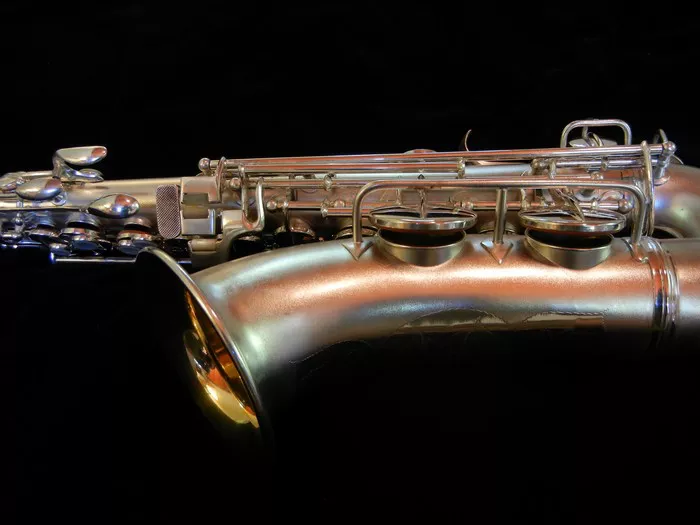Jiro Inagaki, the 90-year-old saxophonist, has never confined himself to a single music genre. Although he entered the music scene through jazz, he always had a profound interest in how this style could intersect with other genres, including rock.
In a recent interview at his apartment near Shinjuku Gyoen National Park, Inagaki reflects on his music career, saying, “If you were a player like me, you’d go to the rock community and be seen as just a jazz guy. When I went to the jazz scene, I was viewed as a rock player. You couldn’t really belong to one group.”
Inagaki’s refusal to limit himself to one style is a testament to his open-mindedness and curiosity about the musical world around him. Over the years, he has explored various genres, from enka ballads to the hippie movement and city pop. His jazz reflects a deep fascination with the sonic diversity he encountered and an enthusiasm for blending different genres.
One pivotal moment in Inagaki’s career was in 1969 when he returned from a brief trip to the United States, having adopted the crisp and preppy Ivy League look and returning looking like an American hippie with messy hair, ready to infuse a rock sound into his jazz.
Now, a new release spotlights Inagaki’s “jazz rock” era. The compilation, titled “WaJazz Legends: Jiro Inagaki — Selected by Yusuke Ogawa,” focuses on his golden age from 1968 to 1980, during which Inagaki and his band, Jiro Inagaki & His Soul Media, were at their most creative. This era has garnered international attention in recent years, driven by a resurgence of interest in older Japanese music and the popularity of Inagaki’s 1975 album “Funky Stuff,” particularly the mellow track “Breeze.”
Yusuke Ogawa, owner of Universounds and curator of the compilation, emphasizes that Inagaki’s musicality went beyond the “jazz rock” label, stating, “The His Soul Media era is usually grouped with ‘jazz rock,’ but Inagaki’s musicality was much more diverse. I want people to become obsessed with the whole range of his sound and think, ‘Wow — Jiro Inagaki did so much more than ‘Breeze!'”
Despite the newfound international acclaim, Inagaki remains modest. When asked about the recent recognition of his work abroad, he humbly responds, “Are you sure this is good enough for you guys? … Is my material that good to you?”
Inagaki, however, enthusiastically praises other musicians both in Japan and overseas, discussing the unique qualities of collaborators like American jazz saxophonist Steve Marcus and the historical significance of Canadian musician Georgie Auld. When the conversation shifts to Inagaki himself, he is characteristically humble, offering concise responses.
Inagaki’s journey into music began in Tokyo, where he was born in 1933. His introduction to music came through a Hawaiian-themed band in Shibuya Ward’s Hatagaya neighborhood. This group, while not strictly a Hawaiian band, played contemporary pop and country music with Hawaiian instruments. This experience led Inagaki to join various bands as a teenager. His passion for jazz was sparked when he attended a live jazz show at the age of 17. He recalls, “It was different from everything I’d ever done. It was something I could try.”
Shortly after, he acquired his first saxophone, a secondhand instrument from a high school classmate who played with the renowned big band jazz ensemble Nobuo Hara and His Sharps & Flats, credited with popularizing big band jazz in Japan after World War II.
Inagaki’s career continued to evolve through the decades, and he contributed to various musical projects, including pop songs and collaborations with other artists. He never confined himself to a single genre and, in the process, became a pioneer of Japanese jazz.
The secret to Inagaki’s enduring success? His unwavering dedication to music, especially jazz. “I never could find an answer for what jazz really is,” he muses. “I was always seeking it, and that’s why I kept going, even if I suffered sometimes. I wanted to know.”
Inagaki’s career is now being celebrated for its eclectic and pioneering nature, transforming him from a sidetrack artist into a pillar of Japanese jazz for a new generation.


